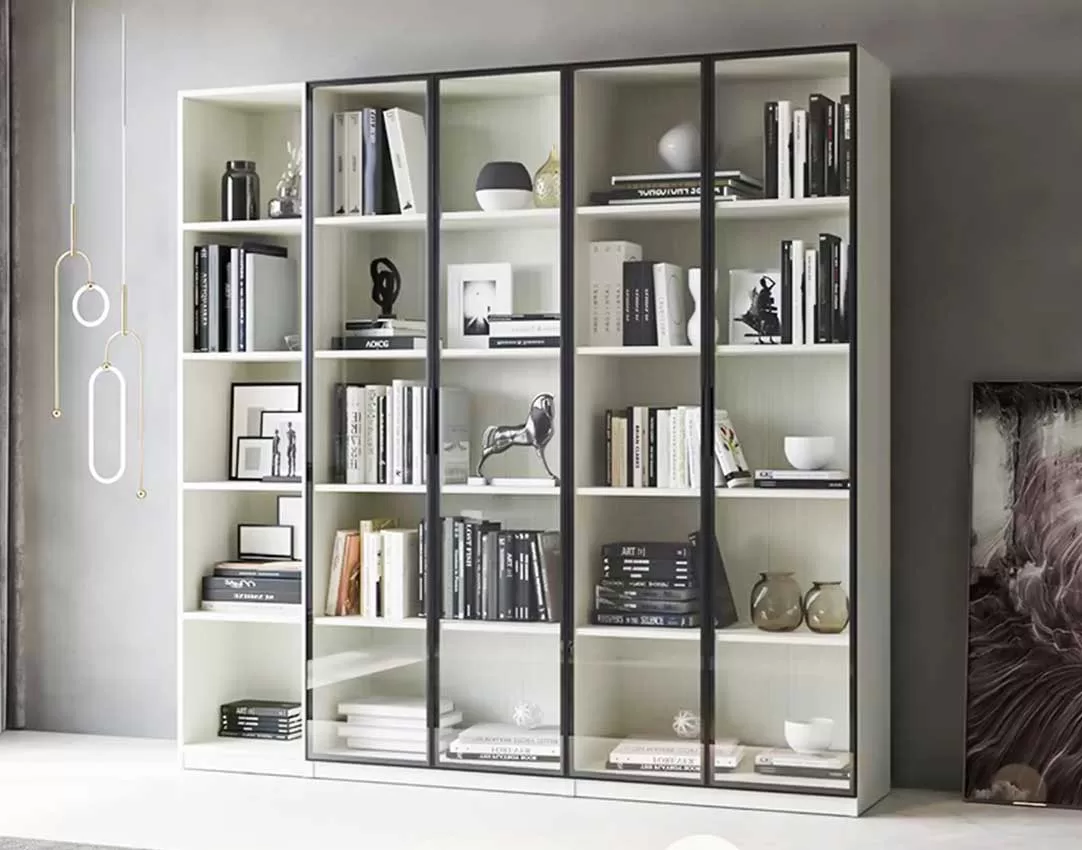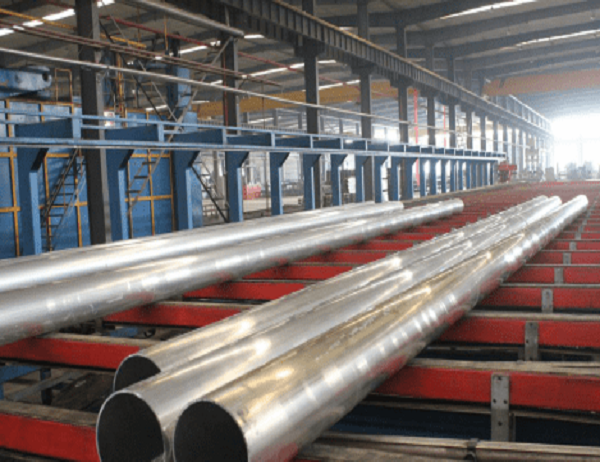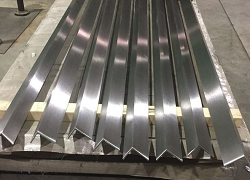Aluminium cabinet profiles are increasingly becoming the preferred choice for electronic enclosures due to their exceptional thermal management capabilities. Aluminium’s high thermal conductivity, combined with its lightweight and durable properties, makes it an ideal material for dissipating heat generated by electronic components. In this article, we delve into the various thermal management benefits of aluminium cabinet profiles, exploring how they can contribute to the efficient operation and longevity of electronic devices.
Aluminium boasts a high thermal conductivity of approximately 209 W/m-K, which is significantly higher than that of other commonly used enclosure materials such as steel or plastic. This means that aluminium cabinet profiles can effectively conduct heat away from electronic components and dissipate it into the surrounding environment, preventing overheating and ensuring optimal performance.
Aluminium is a lightweight material, which contributes to the compact design of electronic enclosures. Smaller and lighter enclosures not only save space, but also facilitate heat dissipation by providing more surface area for heat transfer. The reduced weight also minimizes the strain on mounting systems and allows for easier handling during installation and maintenance.
Aluminium cabinet profiles are highly resistant to corrosion, which is crucial for maintaining thermal conductivity over an extended period. Corrosion can create an insulating layer on the surface of the enclosure, reducing its ability to dissipate heat. Aluminium’s protective oxide layer prevents this from occurring, ensuring efficient heat transfer throughout the life of the enclosure.
Various surface treatments can be applied to aluminium cabinet profiles to further enhance their thermal management capabilities. These treatments, such as anodizing or powder coating, can increase the surface area of the profiles, promote heat dissipation, and resist corrosion. Anodized coatings, in particular, create a porous oxide layer that increases the surface area and provides additional channels for heat transfer.
Aluminium cabinet profiles can be designed with optimized fin structures to maximize heat dissipation. Fins increase the surface area of the profile, providing more contact with the surrounding air or other cooling media. By manipulating the fin geometry, such as their size, shape, and spacing, designers can create profiles that efficiently transfer heat from the enclosure to the ambient environment.
Conclusion
Aluminium cabinet profiles offer exceptional thermal management capabilities, making them ideal for electronic enclosures. Their high thermal conductivity, lightweight and compact design, corrosion resistance, and customizable surface treatments enable efficient heat dissipation, ensuring the optimal performance and longevity of electronic devices. By utilizing aluminium cabinet profiles, engineers can design enclosures that effectively manage heat, prevent overheating, and optimize the performance of their electronic systems.



